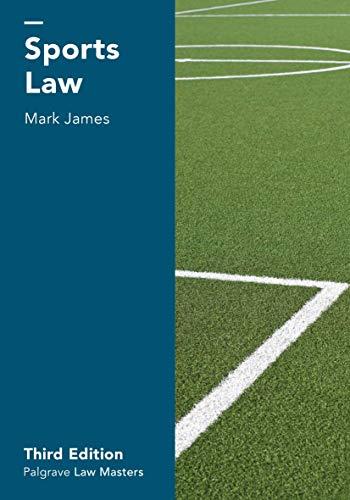Question
The dissent reaches a different conclusion only by changing the constitutional standards. The Supreme Court says repeated conduct refers to recidivism; [48] the dissent says
The dissent reaches a different conclusion only by changing the constitutional standards. The Supreme Court says "repeated conduct" refers to recidivism;[48]the dissent says it means reiterating a single misrepresentation to a single consumer.[49]The Supreme Court says $1,000,000 in emotional anguish does not mean there are "physical injuries";[50]the dissent says $21,000 in emotional anguish is enough to conclude otherwise.[51]The Supreme Court says multiplying damages by a factor of 4 is "close to the line of constitutional impropriety";[52]the dissent says using a factor of 4.33 is unworthy of our review.[53]The Supreme Court says we must look to the civil penalties "imposed incomparablecases";[54]the dissent says we should look to the general $200,000 cap applicable toallexemplary cases regardless of their nature.[55]The Supreme Court says exemplary damages "pose an acute danger of
310
*310arbitrary deprivation of property";[56]the dissent perceives no danger in pushing against the constitutional limits in all fraud cases, as the only factor present here (deceitful conduct) is present in every one.
Question 1
What is the recommended maintenance dose of steroids in recurrent
facial palsy due to sarcoidosis?
Question 2
Why is serum angiotensin-converting enzyme (ACE) high in sarcoidosis?
And is there a difference between pulmonary and extrapulmonary
sarcoidosis regarding the high serum ACE level in that disease?1454
Question 3
In the British Thoracic Society's CURB-65 scale to assess the severity of
pneumonia, U stands for Urea of greater than 7 mmol/L. What are the
reasons for the raised urea that make it an important indicator of the
disease's severity?
Question 4
Is there any role for heparin in management of septic shock?15f1
Question 5
Is there more adrenaline (epinephrine) or noradrenaline (norepinephrine)
produced in shock? From where do these substances come from?
Question 6
I hear conflicting views as to whether activated protein C is useful in
shock.
Question 7
Why does both vasoconstriction and vasodilatation occur in shock?
Question 8
Are pulmonary artery (PA) catheters dangerous?
Question 9
In most hospitals, what is the difference between a high-dependency
unit (HDU) and an intensive care unit (ITU) and what is 'step down'
care?
Question 10
What is the difference between acute lung injury (ALI) and acute
respiratory distress syndrome (ARDS) from a practical point of view?
Question 11
What is the role of inhaled nitric oxide (NO) in acute respiratory distress
syndrome (ARDS)
Step by Step Solution
There are 3 Steps involved in it
Step: 1

Get Instant Access to Expert-Tailored Solutions
See step-by-step solutions with expert insights and AI powered tools for academic success
Step: 2

Step: 3

Ace Your Homework with AI
Get the answers you need in no time with our AI-driven, step-by-step assistance
Get Started


